Wanderlix has prepared an extraordinary journey between Provence, the Alps and the French Riviera. And yes! The PACA region has several must-see and UNESCO World Heritage sites to be discovered. Let's go!
Visiting the South of France is discovering many UNESCO sites for the PACA region. The United Nations Organization for Education, Science and Culture (or Unsco: United Nations Educational, Scientific and Cultural Organization for Anglophones) was established in 1945 following the Second World War. In its list of world heritages, the organization identifies, around the world, cultural, material and natural sites that deserve special attention and greater preservation.
By placing a list of UNESCO World Heritage sites to be discovered in PACA, we invite you to travel and curiosity. This list, composed of 8 places, is not only devoted to the natural heritage of the region, despite infinite beauty and extraordinary colors. Indeed, as you pass through, you will realize that the PACA region is not only defined by Provence, the Alps or the French Riviera. On the contrary...
Classified nature of the Alpes-de-Haute-Provence
1. Le Géoparc de Haute-Provence
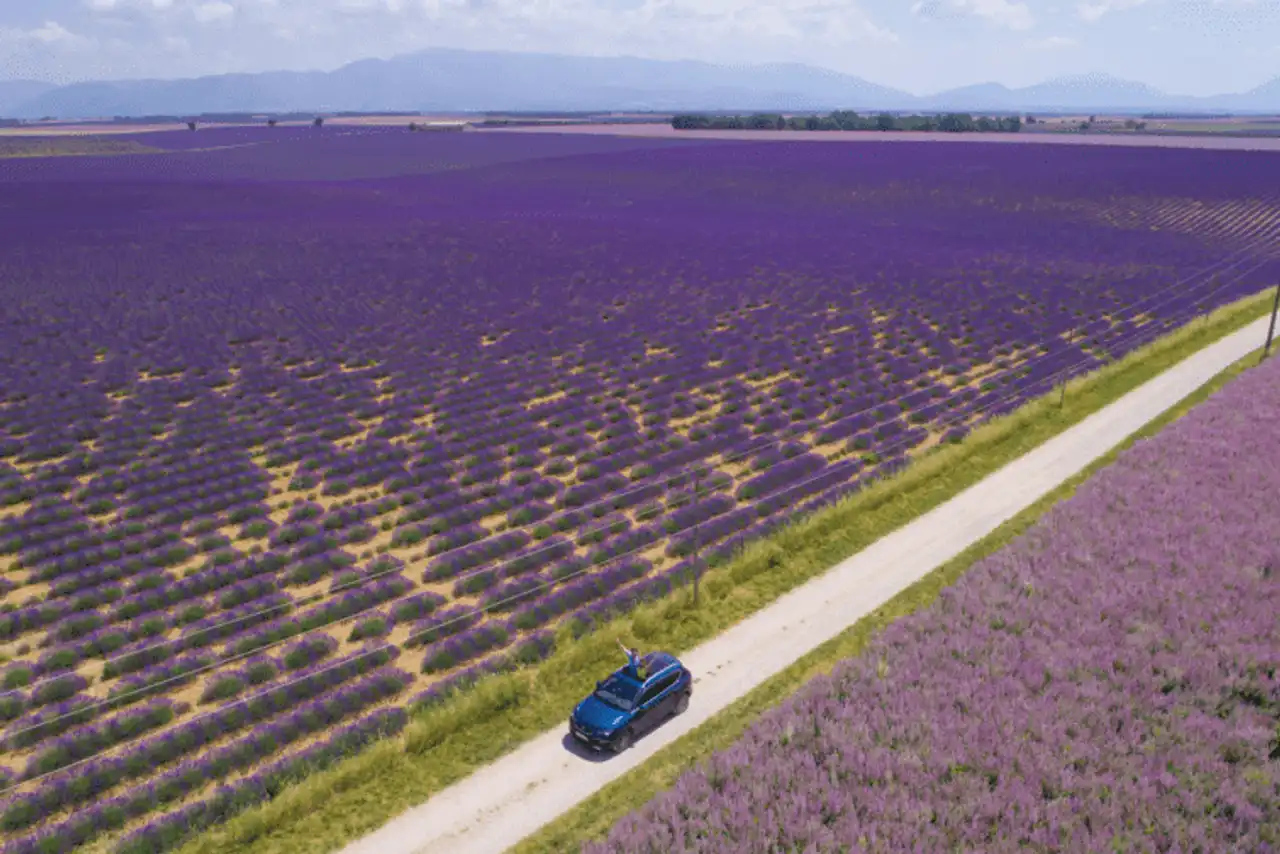
Photo credit: Shutterstock – Flystock
The journey begins in the Alpes-de-Haute-Provence with the discovery of the world's first geoparc, the Géoparc de Haute-Provence, inaugurated in 2000. The Alpes-de-Haute-Provence reveals itself through its treasures: the clue of Sisteron, the Dalle to the Ammonites, the Black Marnes, the road to Lavande, the authentic villages on the side of the limestone cliff...
The Geopark label awarded site Unesco of the PACA region for a duration of 4 years (renewable) distinguishes a rural territory for the wealth of its natural, cultural, material and immaterial heritages. It allows the distinguished place to enjoy significant visibility while ensuring that it is preserved. Its aim is also to value sustainable public actions undertaken through territorial development strategies to which the population is invited to participate.
Museum-Promenade and 5 roads
In Digne-les-Bains, there is a Museum-Promenade that we recommend visiting. It is actually the museum center of the geoparc. It is the ideal place to understand the landscapes of Haute-Provence that surround you and to learn more about the 5 “discover routes”: 5 different routes that cross the iconic places of the area on specific themes to choose according to its preferences.
Hauts-lieux des Hautes-Alpes
2. Cité Vauban de Briançon
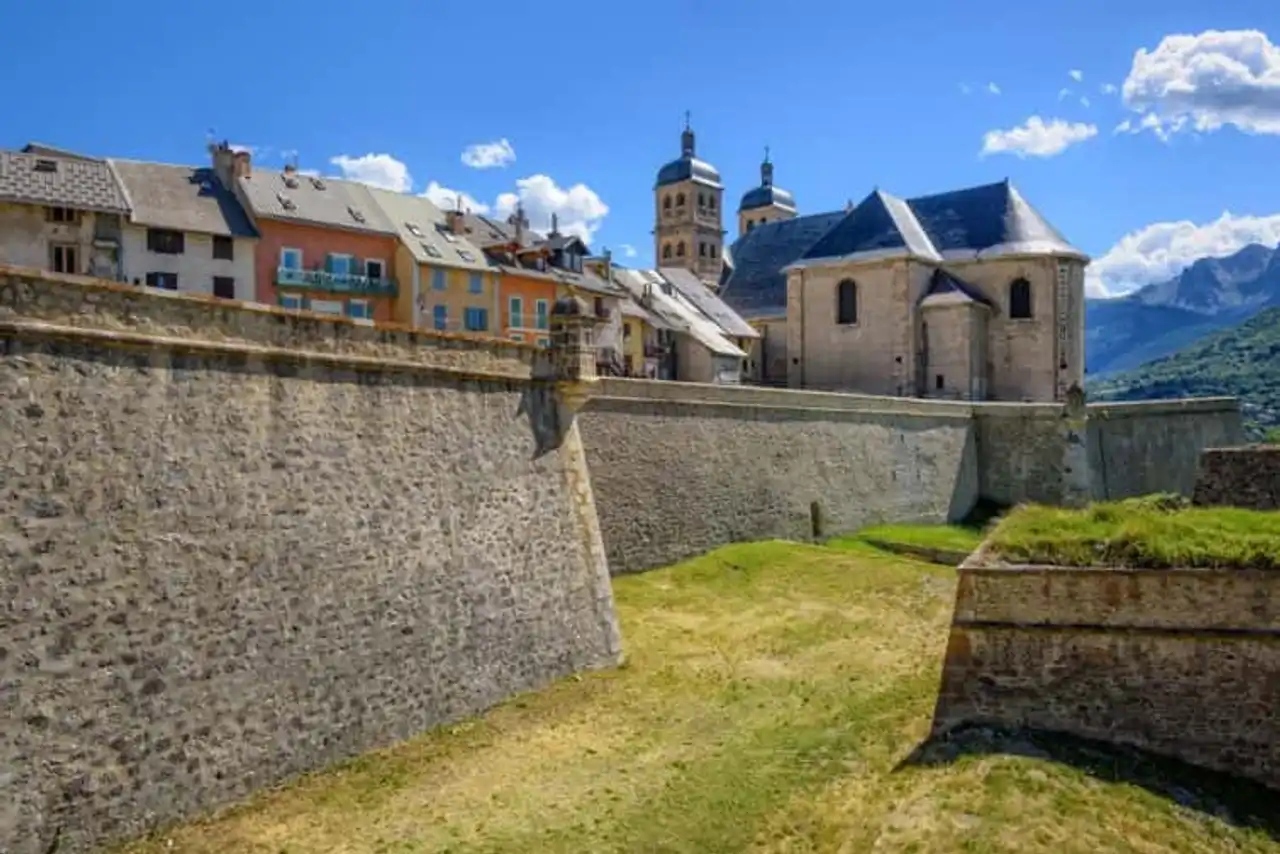
Photo credit: Shutterstock – Boris Stroujko
Let’s continue our visit to UNESCO’s sites in the PACA region to discover Briançon in the Hautes-Alpes region. Ranked in UNESCO World Heritage since July 2008, the City Vauban of Briançon was created for his strategic position. Indeed, it is perched on a rocky hill near 1200 meters above sea level. So you will certainly appreciate the spectacular view of the surroundings.
But Briançon, before being a strategic military point of the seventeenth century, is above all Brigantio , an essential point of passage of the Roman period on the road between Milan and Arles . In order to counter the various invasions of the following epochs, the city folds on the rocky mountain, ensuring a dominant position.
In the 17th century, architect Vauban threw his devotee on this city and made him build fortifications that still remain in excellent condition. Don’t miss the Fort Medieval, the bridge of Asfeld, the Mine Museum or, of course, the fortified city walls.
How to visit the city Vauban de Briançon with a guide?
You can visit the city Vauban de Briançon accompanied by a lecture guide. The reservation (required) is made at the Briançon Heritage Service:
- full tariff 7,50 € ;
- reduced fare 5,50 € ;
- children 8 to 11 years old 2,50 € ;
- free children under the age of 8.
Seaside heritage: the Alpes-Maritimes
3. « Nice, the capital of Riviera tourism »
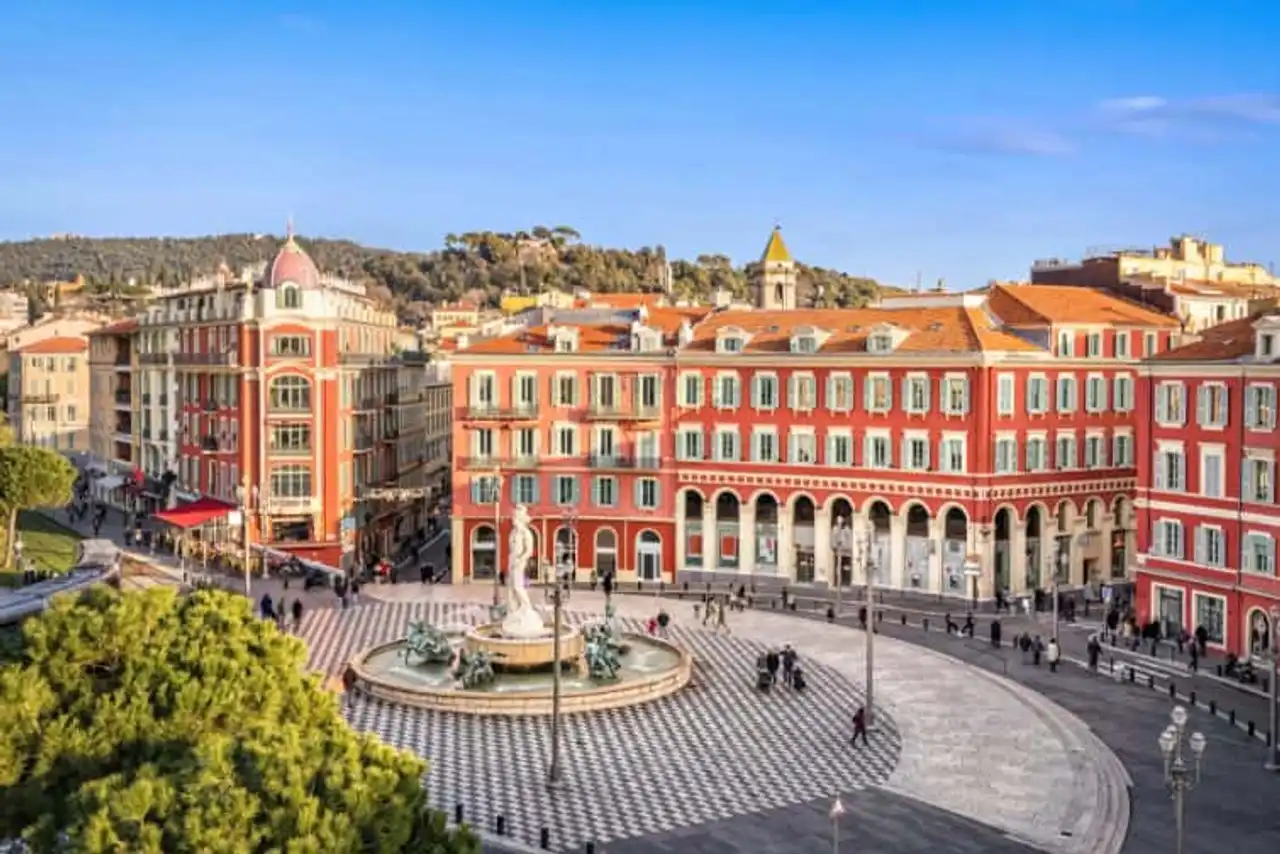
Photo credit: Shutterstock – Sergey Dzyuba
A young recruit from our list, the capital of the Riviera tourism has just won its World Heritage ranking as a UNESCO site for the PACA region. Indeed, it is in July 2021 that Nice has obtained this prestigious title, as “City of winter holiday Riviera” of the Côte d’Azur . Nearly 520 hectares of urban and coastal area are concerned: the famous Promenade des Anglais, the hills of Cimiez, Mount Boron, the exceptional architectural heritage as well as urban planning and planting niçoise.
Unesco has ranked some of the most beautiful inescapable niçois. Each neighborhood of the city has its own identity and yet together they form a harmonious whole. A bright and illuminated city, Nice is on foot, at the edge of its alleys and buildings with signed and neat architecture.
Don't miss, in July, Nice Jazz Festival , important music festival with international resonance. His organization has been uninterrupted since 1971, although the very first edition took place in 1948. To be visited in summer and winter, Nice is generous. Its universal value has been recognized throughout the world for centuries now.
Azurian historical tourism
Nice has become a real anchor for many visitors from all over the world. And this since the 19th and 20th centuries, as soon as French tourism has developed. It quickly became the “Winter Day of Europe” and many foreigners came to spend the winter there. Like Victoria of England, who took advantage of the Cimiez hills, making the place the privileged place of the sovereigns and crowned heads.
4. Grasse: « know-how related to Parfum in Grasse Country »
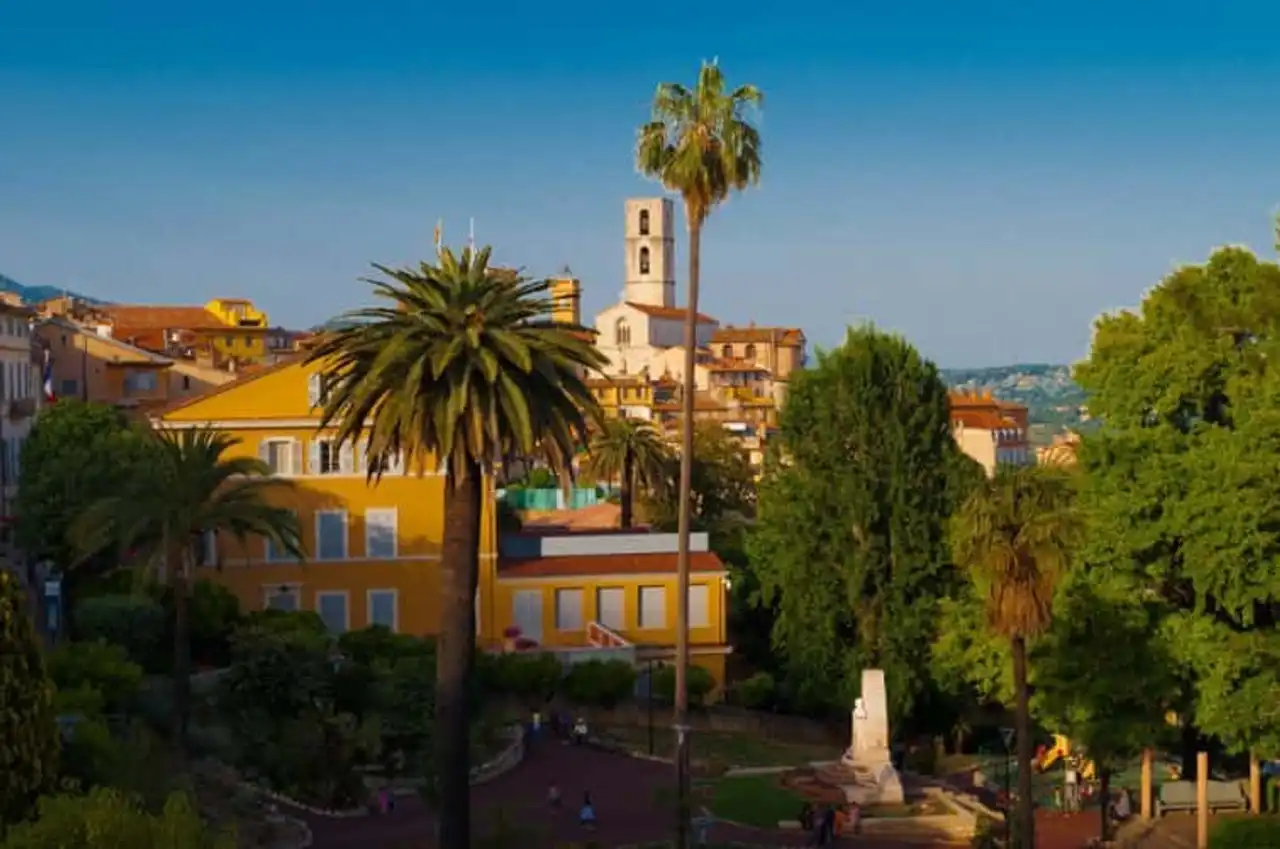
Photo credit: Shutterstock – Begir
From the 16th century, the country of Grasse became a must-see place of perfumery. It is also considered the world capital of perfume for a very long time and is thus naturally part of the Unesco sites in PACA. From culture to the knowledge of plants to their transformation and the art of perfume composition, Grasse offers you a whole new vision of the parfurmerie.
The perfume put to honor...
To visit Grasse, we would only recommend you to visit the city. First to find one of the three perfumeries open to the public: Fragonard, Galimard and Molinard. These three establishments allow us to understand perfume manufacturing processes, from picking to flacon.
You can manipulate the components yourself and create your own fragrance. Then, don’t miss the International Museum of the Fragrance, where we retrace four millennia of History. Finally, if you are in Grasse at the right time, i.e. the first weekend of August, enjoy the Jasmin Festival: more than half a century of celebrations around this scented and enchanting flower.
...but not only!
Beyond being the world capital of perfume, Grasse has also been promoted “Internet City” and “Ville d’Art et d’Histoire”. These two distinctions are, of course, different, since the first highlights citizen actions for the urban internet and the second rewards a city that is part of a process of valorizing its built, natural and/or industrial heritages. Two good reasons to visit Grasse!
Architecture of Bouches-du-Rhône
5. La Cité Radieuse de Marseille
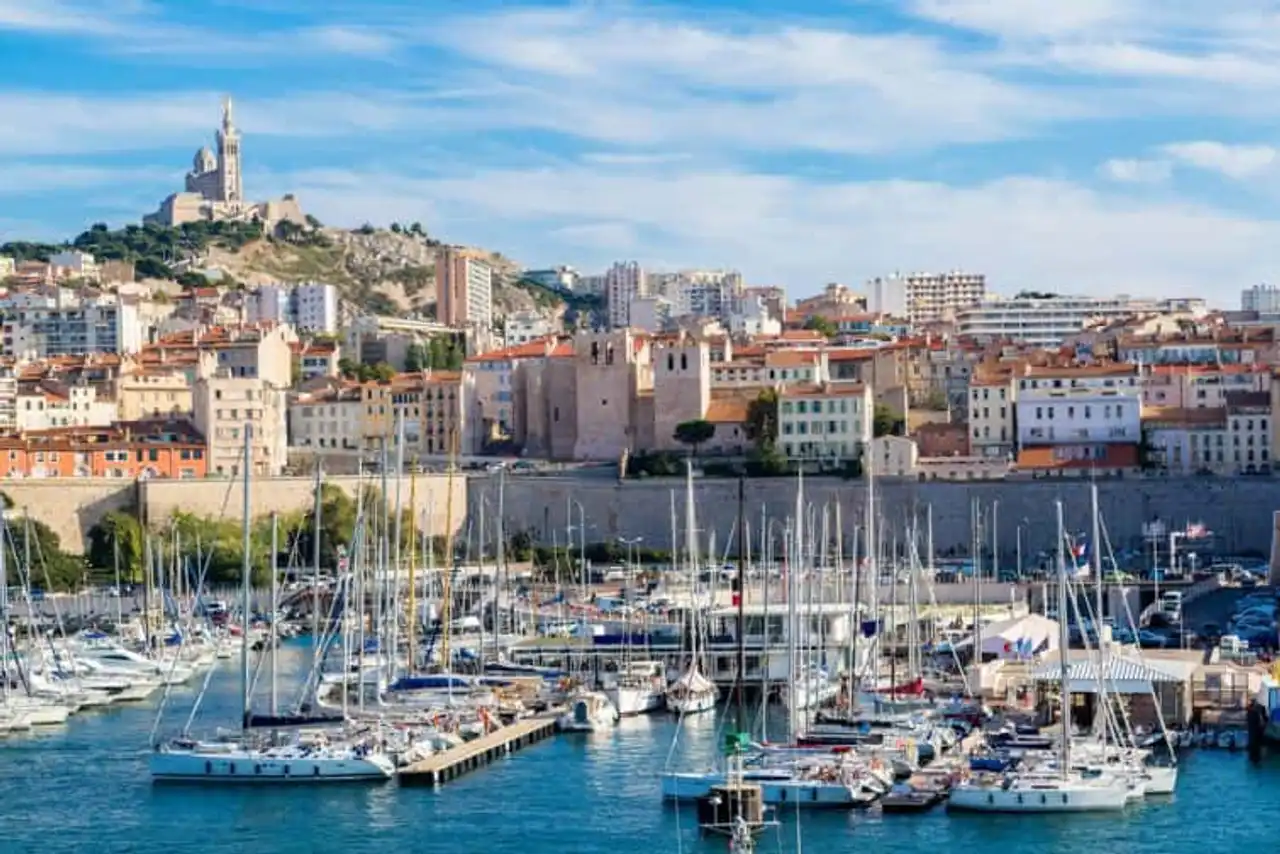
Photo credit: Shutterstock – S-F
The Radious City of Marseille is the name given to a residence with the neat architecture, signed by the hand of Le Corbusier, of his true name Charles-Édouard Jeanneret.
The Corbusier invented this complex housing unit and both extremely functional. And for reasons, 337 apartments, a 21-bedroom hotel, a kindergarten, a shopping mall, a converted gymnastics instead of exhibition... The all separated by real “rues”... This is what composes the City of Marseilles, or “the House of Fada” as the premises like to call it. Like the rest of Le Corbusier’s work, the Cité Radieuse de Marseille has been a UNESCO World Heritage Site since 2016. It is the first to be out of earth: built between 1947 and 1952, it is also classified as Historic Monument since 1986.
Visit the city
It is quite possible to visit the Radious City with a guide. Especially since it has a park of 2.8 hectares open all year round. The interior is discovered through visits organized by the Marseille Tourist Office. You can penetrate open spaces to the public freely. It is simply a matter of respecting the inhabitants and their private spaces. Let’s not forget that this is a condominium!
6. The Roman monuments and novels of Arles
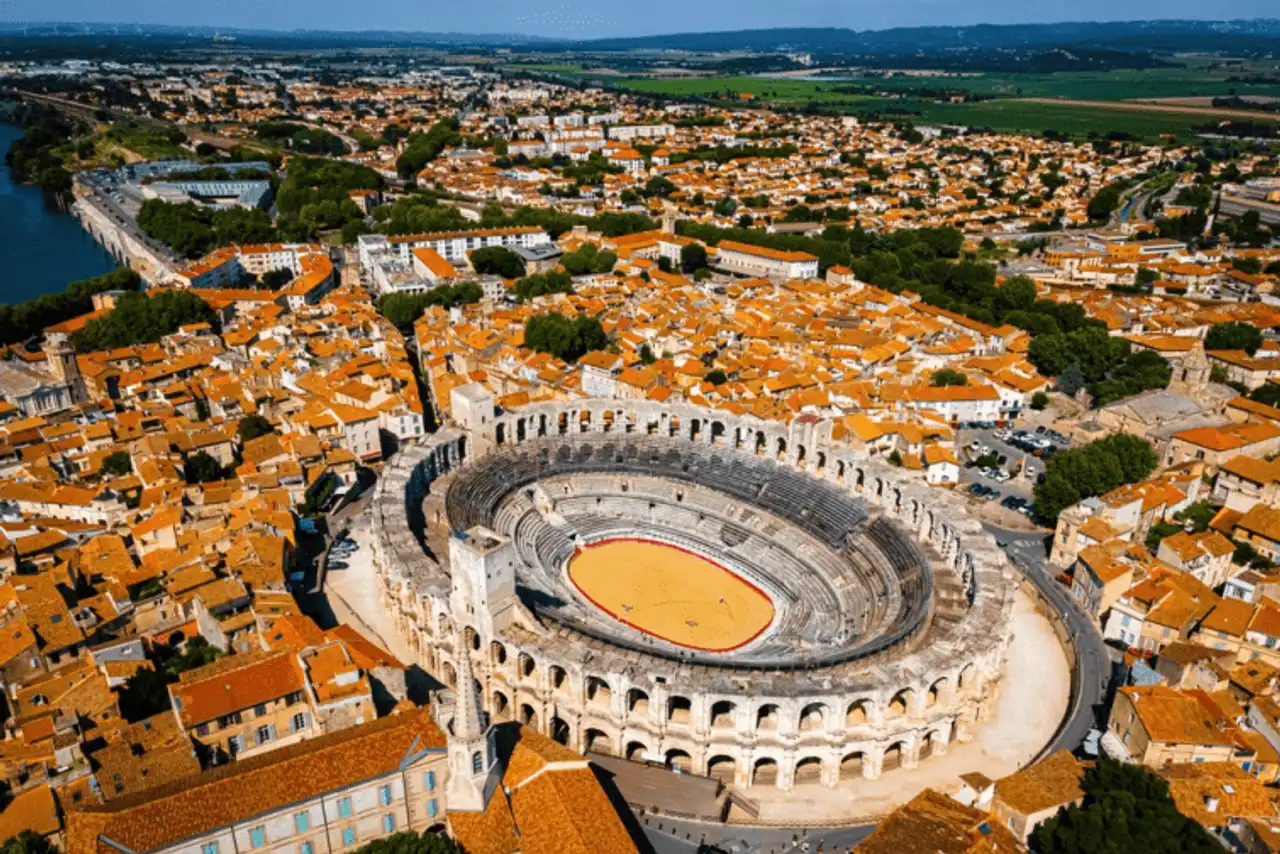
Photo credit: Shutterstock – Alexey Fedorenko
Already recognized for the label “Ville d’Art et d’Histoire”, the city of Arles is a real asset of the Bouches-du-Rhône. In addition to being the most extensive commune of Metropolitan France, the small Rome Gauls still have remains of the first century before J.-C. and can boast of several golden ages.
Thus, discover the arenas, ramparts, antique theatre and even cryptoportics, underground galleries typical of Roman architecture. The necropolis of the Alyscamps, the church of Saint-Trophime and its famous cloister and the Baths of Constantin are other Roman vestiges that testify to the power of Arles in the sixth century (after J.C.).
Better twice than one!
It is then quite naturally that in 1981, it was the subject of a double inscription to the UNESCO world heritage. It must be known that it is recognized once for the cultural good “Arles, Roman monuments and novels” and a second time for the cultural good in series, thanks to the path of Santiago de Compostela who's going through her.
History and vestiges of the Vaucluse
7. The historic centre of Avignon
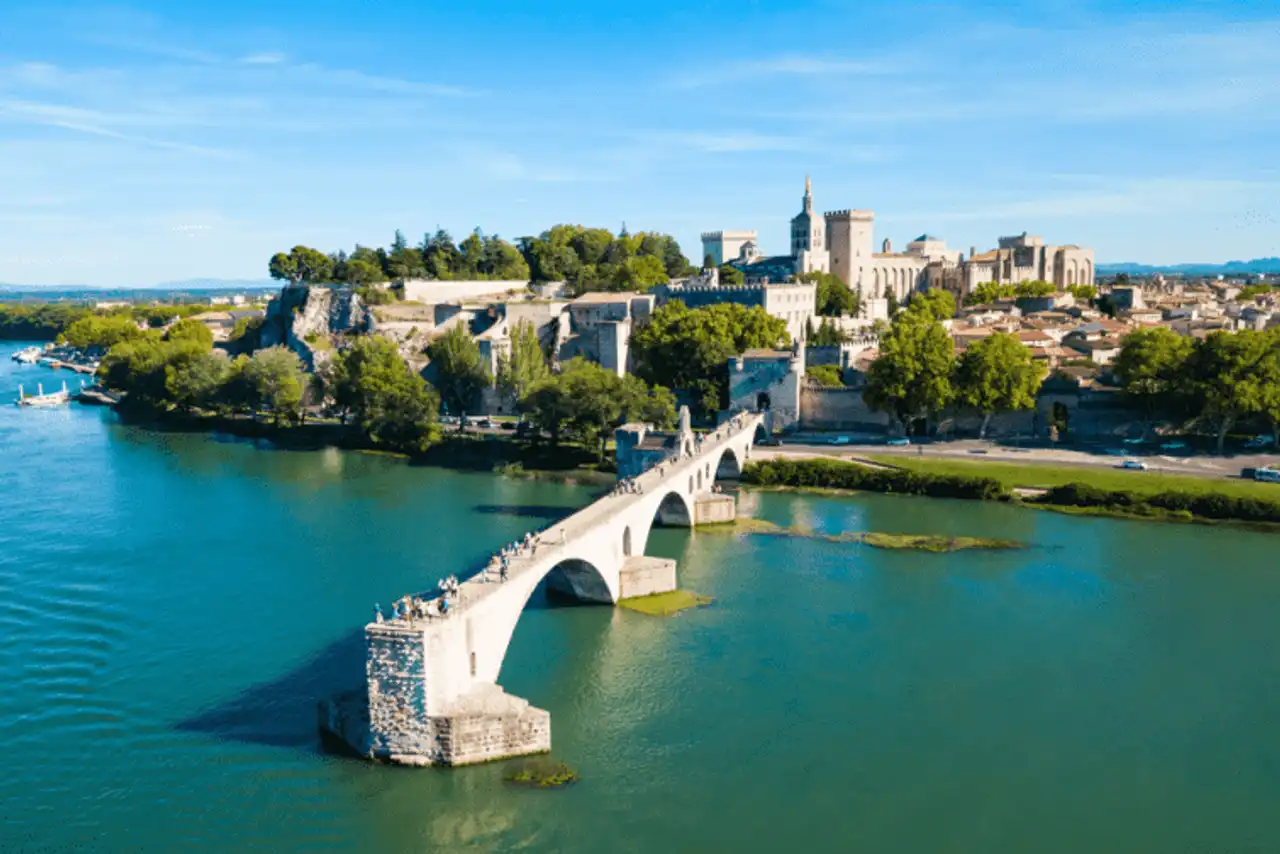
Photo credit: Shutterstock – saiko3p
“On the bridge Avignon , one dances there, one dances there, on the bridge of Avignon, one dances there all in round ...”. Who never fredded this tablet? It refers to the Pont Saint-Bénézet, a true technical and architectural prowess of the 12th century.
Today there are four arches on the original twenty-two, but the one called Pont-Avignon attracts thousands of visitors every year. Just like the historic centre of Avignon and the magnificent Palace of the Popes.
The historic centre of Avignon is one of the jewels of the city and is naturally classified as one of the UNESCO sites in PACA since 1995. Indeed, the preservation of its buildings allows to quickly realize the richness of this heritage, both historical and archival. Do not miss the city walls, 4.3 kilometers long.
If they were destined to repress the bellicose assailants, they today protect them from the floods of the Rhone! These timeless assets make the beauty of the city which then shines internationally. It is not to mention the Avignon Festival that has been helping to build this intercontinental fame for over 75 years!
8. The Ancient Theatre and the Arc de Triomphe d’Orange
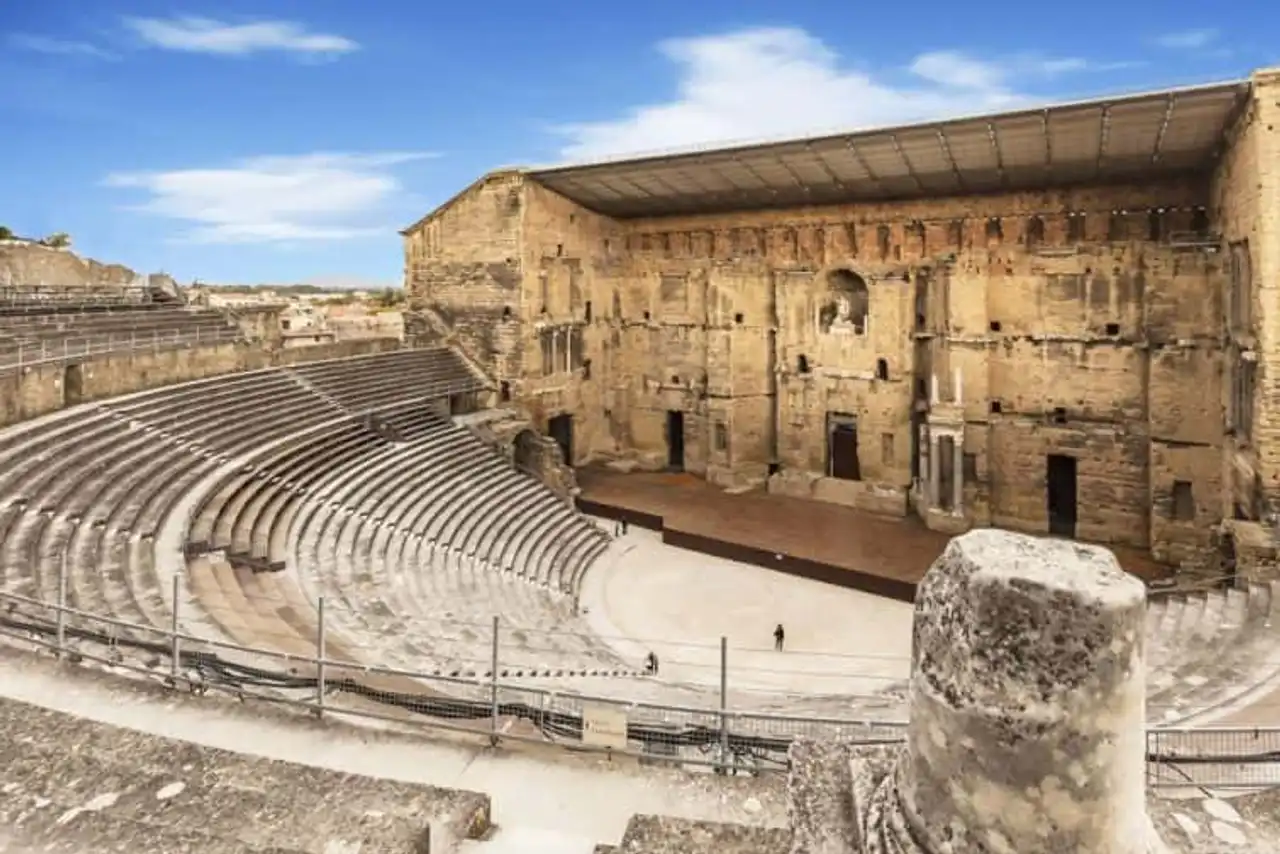
Photo credit: Shutterstock – Gerhard Roethlinger
The Romans left many brands in the South of France. This is why there are so many UNESCO sites in PACA. The town of Orange, which does not owe its name to fruit or colour, has a long history that dates back to the 1st century BC!
Today we find these traces through the Arc de Triomphe and the Ancient Theatre of Orange . They have distinguished themselves enough to be classified by Unesco in 1981. At the same time, their state of conservation is impressive and opens a large window to the past of the city. Other buildings in the city are also registered in the Historical Monuments Register. Like the Pontillac Islet, ramparts or the Roman Orange Gymnasium.
Beyond History, Nature...
Saint-Eutrope hill is also a must-see in the city of Orange, located in the centre of the city. Sometimes eclipsed by the historic orange heritage, the hill still has a lot of charm and treasures. Beginning with the medieval castle, in ruins, which beautifully overlooks the city from the top of its 105 meters of altitude.
The site around this castle extends on about 10 hectares. Since 2007, he has been registered with the UNESCO World Heritage Site.





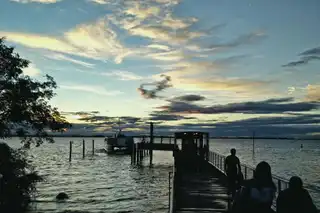


Loading comments ...